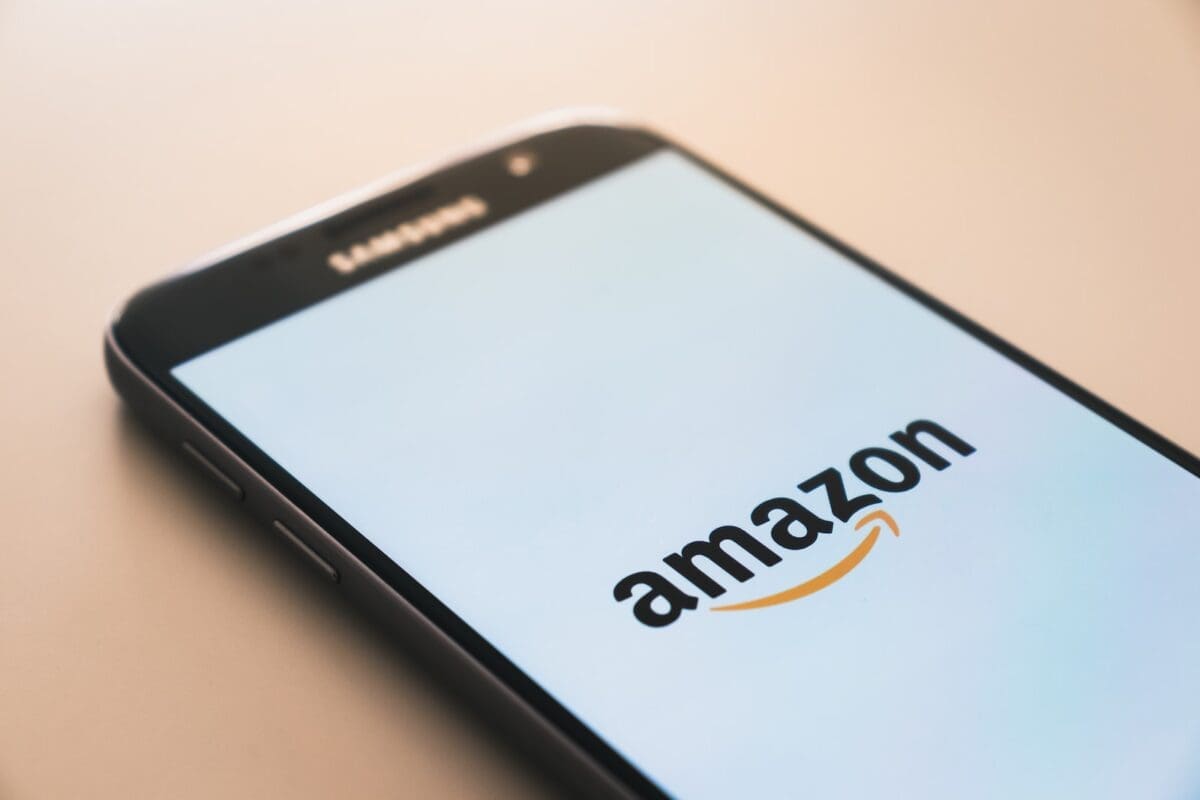The traditional sales funnel has transformed with the rise of digital campaigns. Modern marketers go beyond branding and lead generation, offering support to sales representatives. They focus on nurturing prospects and customers to improve sales conversion. This phase is referred to as bottom-of-the-funnel marketing.
Before moving on how to leverage the funnel marketing approach to your brand’s advantage, browse our articles on Understanding Top of the Funnel Marketing and Middle of the Funnel here. You may also be interested in reading The Ultimate Guide to Digital Marketing Funnel Design.
The bottom of the funnel marketing is the most important part of the marketing funnel. If you are not selling your company’s products, services, or brand in the bottom of the funnel, all your marketing efforts would end in vain. This article is about how to build an effective bottom of the funnel marketing strategy so that you do not miss a lot of potential sales.

What is Bottom of the Funnel Marketing?
BoFu marketing focuses on providing decision-enabling material that allows customers to confirm their purchase and prevent buyer’s remorse. This helps them make their final purchasing decision with confidence.
This is where you can use materials that are more focused on products and services themselves. Differing from, earlier steps which focused on creating trust among your target audience.
Bottom of the Marketing Funnel: Why is it so Challenging?

The bottom of the funnel is where you must persuade people to do more valuable activities. For instance, signing up for a free trial or attending a product demo or online seminar. The bottom of the funnel can be messy place to be as:
- In this stage, marketing should aim to encourage prospects to engage with your brand. Make an initial purchase, and become loyal customers who recommend you and return, for instance. If marketing fails at this funnel stage, all your efforts will be in vain.
- You need to know your audience well. So that, you’ll be able to optimize your marketing channels, so they work for you.
- It takes more effort. Since, you need to overcome the people’s subconscious resistance against buying something they do not really want.

Why is it Important to Invest in the Bottom-of-the-Funnel
Bottom of the funnel marketing is important for a couple of reasons:
1. Targeted Marketing
It enables you to target your sales efforts at specific audiences and products that you know will be interested in your product or service. This is possible because you have already tested and found out what works for your customers at this level of marketing.
2. Build a Customer Base
Further, it allows you to improve your conversion rate by getting interested individuals to buy from you. This allows you to build up a customer base of repeat and loyal customers.
3. Persuades them to act
Last but not the least, it allows you to create a sense of urgency among your customers. Simply put, asks them to act now to avoid losing out on something valuable. For instance, if someone desires a new car but is unwilling to wait two months for delivery, they might be more inclined to make the purchase now. This is especially true if they know their credit card will be charged immediately upon making the purchase.
Content Strategy towards the Bottom of the funnel

Customers towards the end of the funnel want answers and quick results, so rather than selling them on how great your product or service is, you need to focus on providing value in other ways such as offering free consultations or guides that will help them achieve their goals by showing them how they can make the most out of what you have already provided. The content strategy towards the end of the funnel can include:
· Case Studies
During the final stages, a case study can be used to demonstrate how others have utilized your product or service. Case studies can be grouped according to different industries. This will enable prospective customers to compare strategies employed by successful businesses in the same field.
· Blog Posts
Blog post are a great late-stage marketing tool. Since, they allow you to highlight a product’s major features or address implementation concerns. Additionally, you may tailor your posts to consumer personas to make your content more individualised and extremely relevant.
· Infographics
Infographics are an effective bottom of the funnel strategy for communicating with potential buyers. YYou can leverage customer success stories to enhance top- and mid-funnel marketing messages. This persuasion technique reinforces that your product or service is the best option. You can also include fascinating statistics to present value in a captivating way.
· Paid Advertising
Investing in paid ads at the bottom of the funnel is a smart and strategic move. Clearly, they help you reach a specific audience. You can target your ads at specific demographics, such as people, and have measurable results.
· Promo Codes
Promo codes offer an opportunity to convince some of your audience to convert at this end of the funnel. Suppose, if a prospective buyer has visited your website and added an item to their cart. However, they have not made a purchase. You can close the deal by sending them an email with a coupon code, for instance.
Metrics to Measure Bottom of Funnel Success

1. Average Deal Size
Tracking the average deal size of closed/won deals provides insights. It helps sales leadership and accounting teams make informed decisions about projected revenue goals and the effectiveness of their qualification processes.
2. Average Conversion Time
The average conversion time is the time it takes for a website visitor to convert a lead into a sale. This gives you an idea of how long it takes for each lead to convert into a sale. Therefore, lower the average conversion time, the better.
3. Customer Lifetime Value
Customer lifetime value (CLV) is the worth of a customer to a company. It’s calculated as the amount a customer is willing to pay for a product or service divided by their lifetime. Marketers use CLV to forecast profitability, set pricing strategies, and allocate resources effectively.
Bottom of the Funnel – Some Best Practices

Freecharge
Freecharge is an Indian financial services company. The company is a fitting example of how emails can be used to target customers towards the bottom of the funnel. It uses email analytics to understand consumer behaviour. It, further, make offers to persuade them to act. For instance, if a user has not used FreeCharge in the last 30 days, the company may send them an email offer. The offer encourages them to return, make a payment, or top up their phone accounts. Incentives such as extra credit or prizes from FreeCharge’s payment partners may be included.
Amazon – Independence Day Sale
Amazon employed creative marketing techniques during an Independence Day period. They utilized product ads and deals while strategically using social media. The Great Indian Freedom sale organized an online event with enjoyable activities. The winner received shopping vouchers from the company.
Dhani
Dhani, a major Fintech platform in India, aimed to increase app installations and enhance user engagement. To achieve this, they employed a mix of Automated App Ads and manual ad campaigns. The company also improved customer acquisition by reaching out to audiences through its website. Additionally, influencer videos with both micro and macro influencers were created to raise awareness of Dhani OneFreedom services.
Bottom-of-Funnel Marketing Do’s and Don’ts

The bottom of the funnel marketing is a challenging area for many businesses. Marketers need to be extra careful. They must focus on creating an engaging experience that makes people want to continue reading, watching, or buying the products or services they offer.
1. Create decision-making content
In the bottom of the funnel, it is critical to create content that will persuade prospects to act. This can include anything from blog posts to videos and landing pages. Therefore, if you want people to buy from you, this is a crucial step.
2. Focus more attention here
The biggest mistake many marketers make is shifting their entire focus on getting people to buy the product. Once they’ve achieved that, they often don’t have much engagement afterward. At this stage in the buyer’s journey, customer experience matters most—not just product features or branding. Therefore, it is important that marketers focus on the customer journey at the bottom of your funnel.
3. Embrace self-serving content
Some people think it is wrong to promote yourself, but that is not necessarily true. If you are an expert in your field, use your platform to showcase your skills and knowledge of a topic. Your audience will appreciate the extra effort. If they find it helpful or entertaining, they will share the video with their own networks.
4. Do not think that your the only option available
The bottom of the funnel is where most businesses spend their time. This is where you are going to find the most opportunities and most competition. Do not get stuck in a competitive mindset. Focus on your strengths and learn to market them effectively. Remember to focus on what you do well and grow it into something bigger. Do not try to do everything yourself; do not shy away from taking outside help or hiring consultants if you need help.
5. Do not overlook the importance of your sales team
The sales team is the backbone of your business. They make all your bottom-of-funnel marketing strategies possible. It’s essential to involve yourself and keep them engaged in every aspect of their work. This includes creating sales collateral materials, sending them out into the field with clients, and coaching them on how best to interact with customers.
6. Do not rely only on your internal team
Many companies have a great in-house team capable of handling complex tasks, but this is not always the case. You may need to find people outside of your company who can help create an amazing digital experience for your customers. Look for individuals who understand marketing, customer service, and sales. They can assist you in understanding what is happening with your customers at every stage of their journey.
In today’s competitive marketplace, it is important that companies must be nimble and dynamic in their approach to product and service marketing. This means that they must be able to adapt to contemporary trends and changes in their industry, as well as constantly strive to improve.




